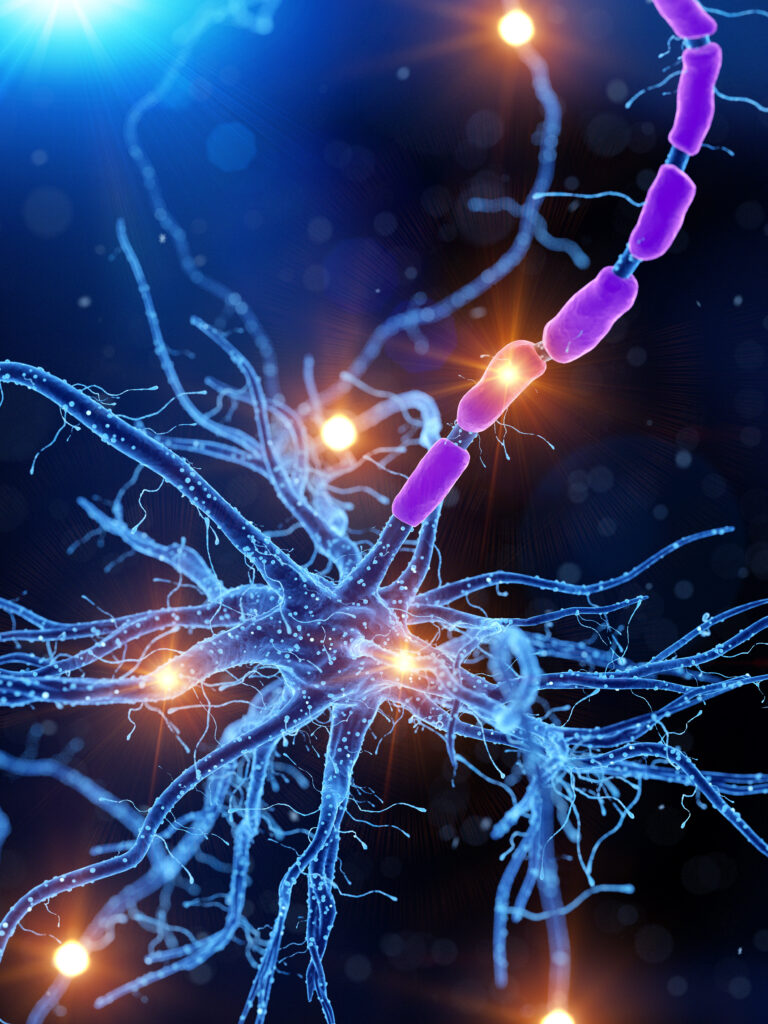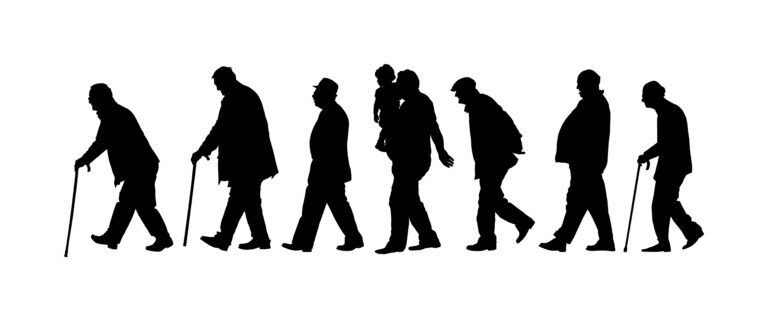Tango is a lively and sensual dance that has its origins in Argentina. Known for its intricate footwork and intimate embrace between partners, tango is not just a form of entertainment but also a means of promoting physical and mental well-being.
In recent years, there has been a growing interest in using tango as a therapeutic tool for improving balance and cognition. Various studies have shown that regular participation in tango classes can have a positive impact on individuals with balance disorders and cognitive impairments.
But what exactly makes tango such an effective form of therapy? Let’s take a closer look at its potential role in improving balance and cognition.
Balance is a crucial aspect of our daily lives, as it allows us to move around without falling or getting injured. However, as we age, our balance tends to decline, making us more susceptible to falls and injuries. This is where tango comes in.
One of the key elements of tango is its emphasis on maintaining a stable and upright posture while performing intricate steps. This requires a good sense of balance and coordination. With regular practice, tango can help improve one’s balance by strengthening the core muscles and improving posture control.
A study published in the Journal of Aging and Physical Activity found that older adults who participated in tango classes for ten weeks showed significant improvements in their balance compared to those who did not participate. The researchers attributed this improvement to the increased focus on maintaining an upright posture while executing the dance steps.
Apart from balance, tango also has a positive impact on cognitive abilities. The dance involves constant changes in movement and direction, which require the brain to process information quickly and make split-second decisions. This helps to keep the brain active and sharp, reducing the risk of cognitive decline.
A study conducted by the University of Illinois showed that older adults who participated in tango classes for six months showed significant improvements in their executive functioning and memory compared to those who did not participate. Executive functioning refers to the cognitive processes that help us plan, organize, and manage our daily activities.
Moreover, the intimate embrace between partners in tango also has a positive impact on cognitive abilities. The close physical contact and synchronization of movements between partners create a sense of trust and connection, which can help reduce stress and anxiety, leading to improved cognitive function.
Tango also offers a social aspect that is crucial for maintaining good mental health. Participating in group tango classes allows individuals to interact with others, build relationships, and combat feelings of loneliness and isolation. This social engagement has been linked to improved cognitive function and overall well-being.
Furthermore, tango has been found to be beneficial for individuals with neurological conditions such as Parkinson’s disease and multiple sclerosis. The dance’s rhythmic and repetitive nature can help improve motor skills and coordination, while the social aspect of tango can help combat depression and improve overall quality of life.
In conclusion, tango is not just a fun and entertaining dance but also a powerful therapeutic tool for improving balance and cognition. Its combination of physical activity, cognitive stimulation, and social engagement makes it a unique and effective form of therapy for individuals of all ages and abilities. So why not give tango a try and experience its potential benefits for yourself? You might just find yourself falling in love with this beautiful dance!





